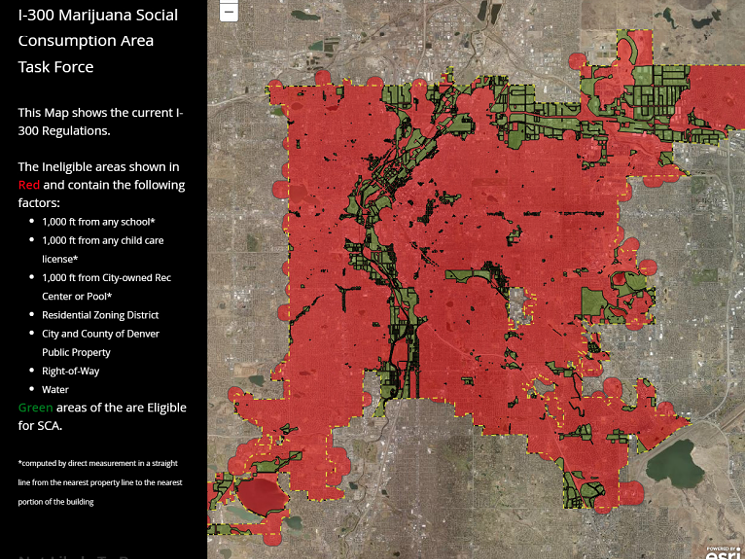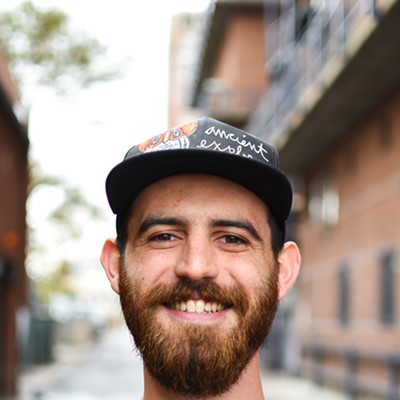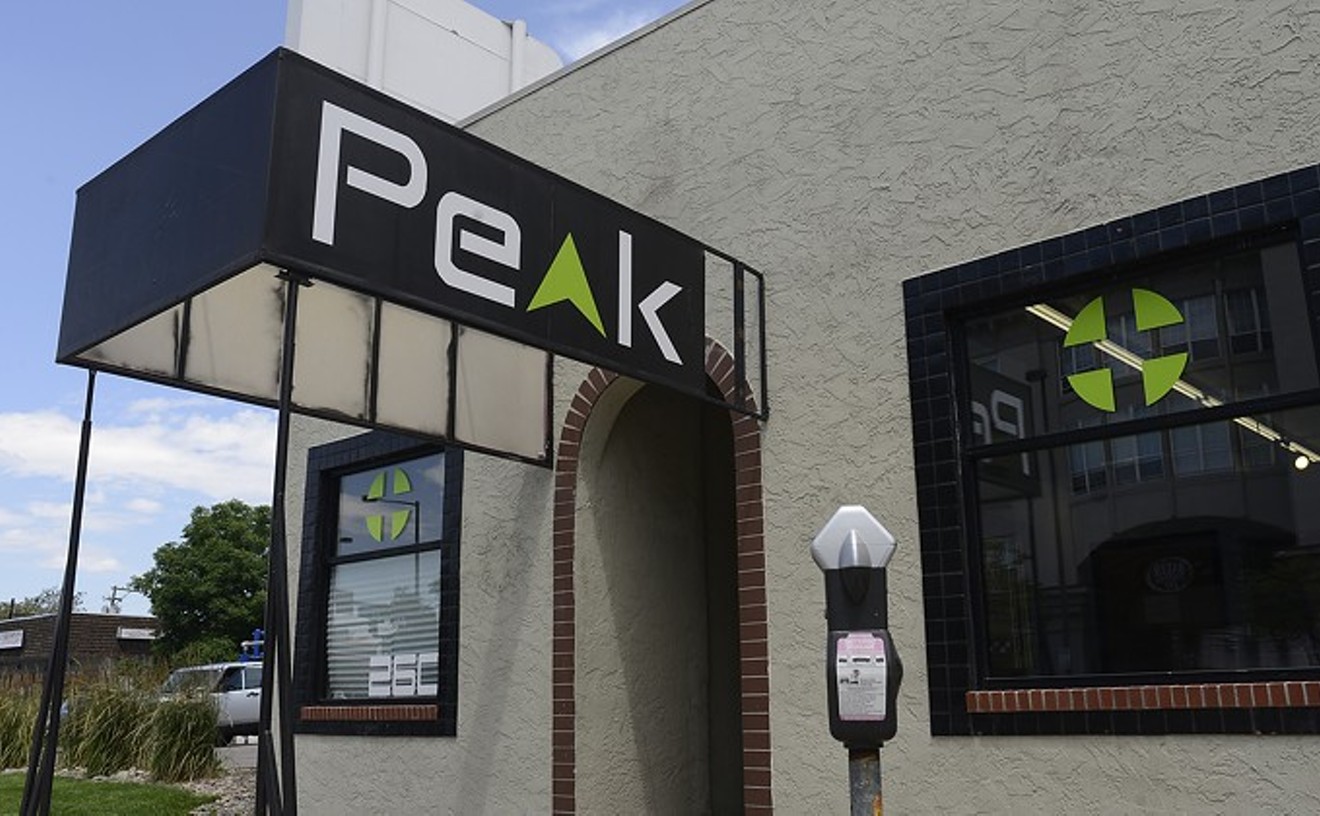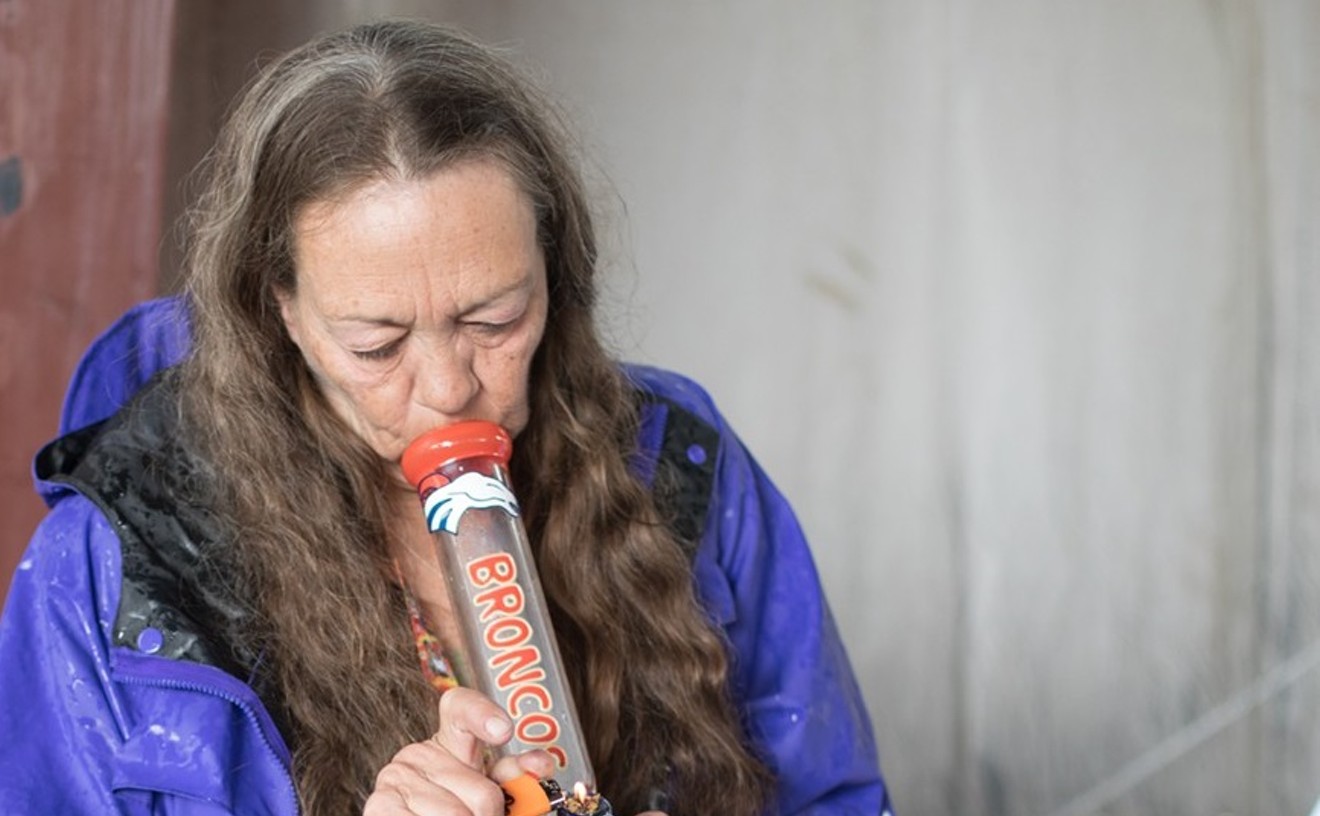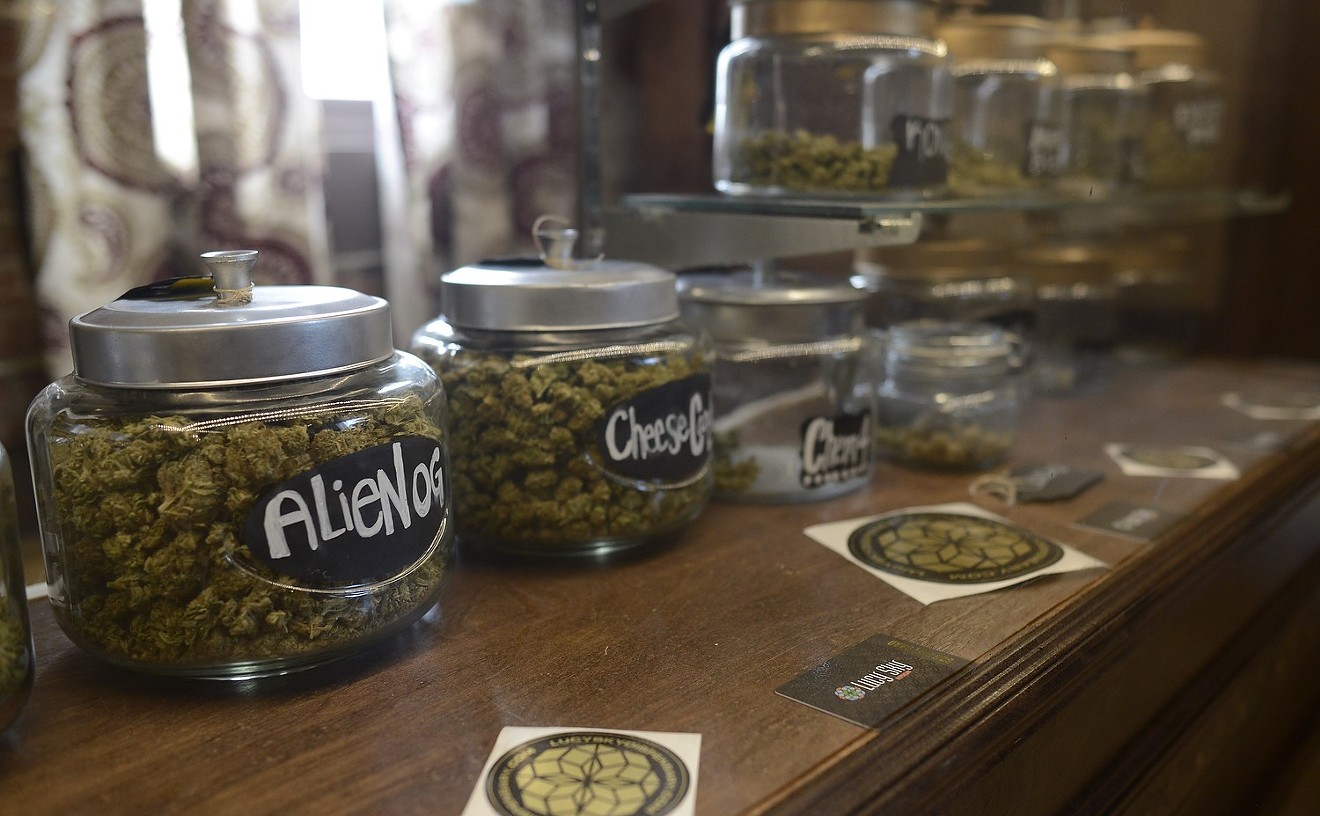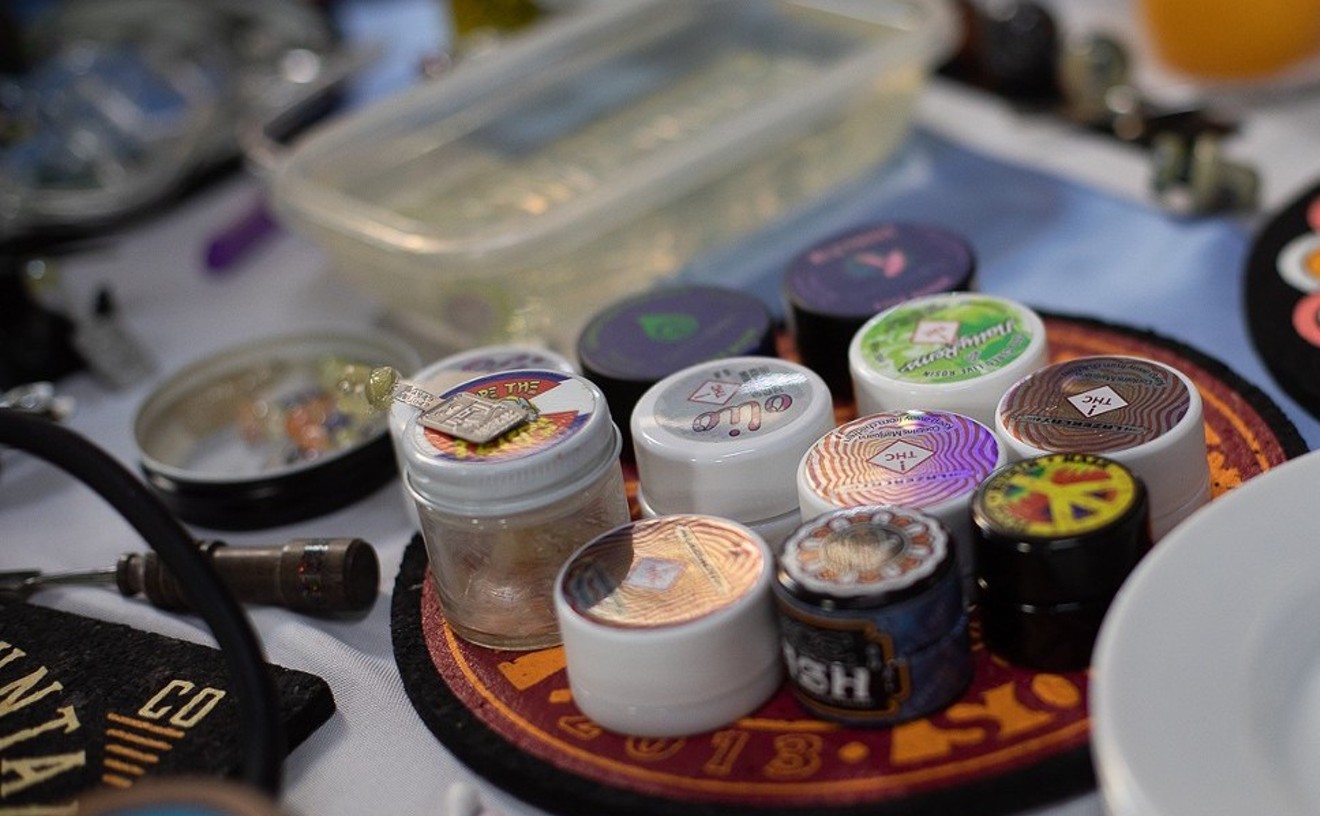Advocates of Denver's first social cannabis use initiative haven't been shy about their disdain for the city's implementation of the voter-approved measure. After Initiative 300 won in November 2016, it took nearly a year for the city's task force to come up with regulations, and under those rules only one business has been approved so far.
The measure's supporters have cited location restrictions and a lack of profitable business opportunities as the main reasons why only three businesses have applied for Cannabis Consumption Establishment licenses; one of those was rejected because it was eighteen feet short of a 1,000-foot buffer between CCEs and any school, drug or alcohol treatment facility, or city-owned park or recreation center. Any business with a liquor license is also barred from applying, and as a result many entrepreneurs say they have no choice but to stay away from social cannabis consumption in order to keep their alcohol revenue.
However, the Denver Department of Excise and Licenses, which is responsible for issuing and regulating CCE licenses, says that are are plenty of areas within the restrictions, which would open thousands of locations to social consumption.
To evaluate the successes and failures of the CCE initiative, a three-year pilot program, Denver City Council set up a task force made of city and health officials, cannabis industry members, businesses owners and neighborhood representatives to meet during its inaugural year. Councilwoman Kendra Black, the task-force leader, brought Denver Technology Services to help visualize the location issue at the group's most recent meeting on Thursday, June 14. DTS used GPS and mapping technology to compare current I-300 regulations with looser restrictions; it also compared I-300's location rules with the city's rules regarding businesses with liquor licenses.
Here's what task-force members saw:
Current regulations
Where dispensaries fall under current regulations
Original ordinance vs. current regulations
If the location restrictions were cut in half
If liquor consumption were under the same location restrictions The maps show that over one-third of land eligible for a CCE license under the original language of I-300 (a total of 31.43 square miles) was removed through the city's implementation — but the graphics also show that only 5.21 square miles of eligible land would be added if that 1,000-foot buffer were cut to 500 feet.
According to Denver Technology Services, around 64 percent of Denver's dispensaries are currently in areas eligible to apply for a CCE license.
But the DTS graphics showed a much more jarring comparison: Based on their current locations, only 27 percent of liquor consumption licenses in Denver would have been eligible to apply for a CCE instead.
The Amendment 64 campaign pushed to treat marijuana like alcohol. Six years later, Colorado is a long way from equality in that regard.
[
{
"name": "Air - MediumRectangle - Inline Content - Mobile Display Size",
"component": "12017618",
"insertPoint": "2",
"requiredCountToDisplay": "2"
},{
"name": "Editor Picks",
"component": "17242653",
"insertPoint": "4",
"requiredCountToDisplay": "1"
},{
"name": "Inline Links",
"component": "18838239",
"insertPoint": "8th",
"startingPoint": 8,
"requiredCountToDisplay": "7",
"maxInsertions": 25
},{
"name": "Air - MediumRectangle - Combo - Inline Content",
"component": "17261320",
"insertPoint": "8th",
"startingPoint": 8,
"requiredCountToDisplay": "7",
"maxInsertions": 25
},{
"name": "Inline Links",
"component": "18838239",
"insertPoint": "8th",
"startingPoint": 12,
"requiredCountToDisplay": "11",
"maxInsertions": 25
},{
"name": "Air - Leaderboard Tower - Combo - Inline Content",
"component": "17261321",
"insertPoint": "8th",
"startingPoint": 12,
"requiredCountToDisplay": "11",
"maxInsertions": 25
}
]


